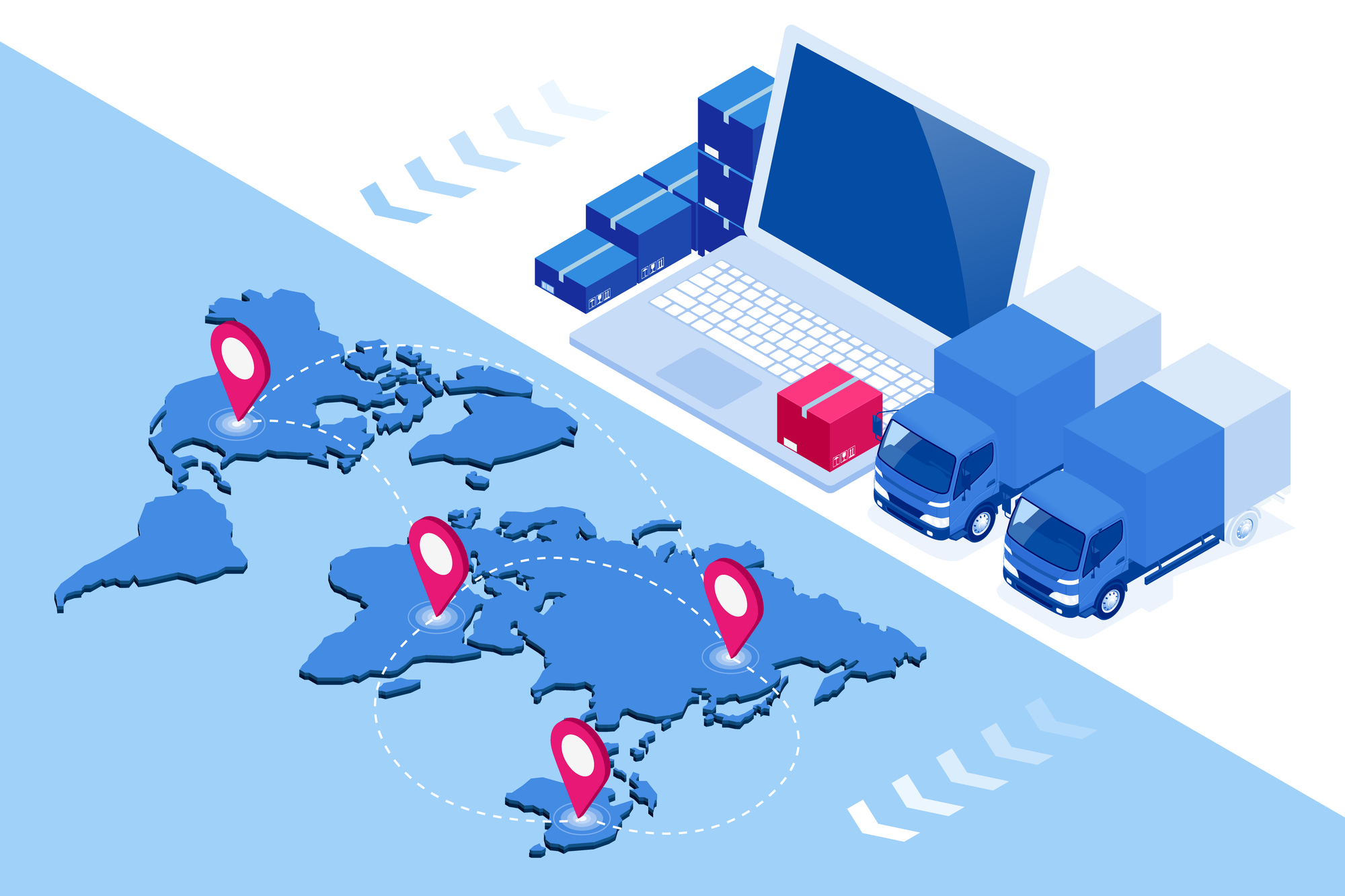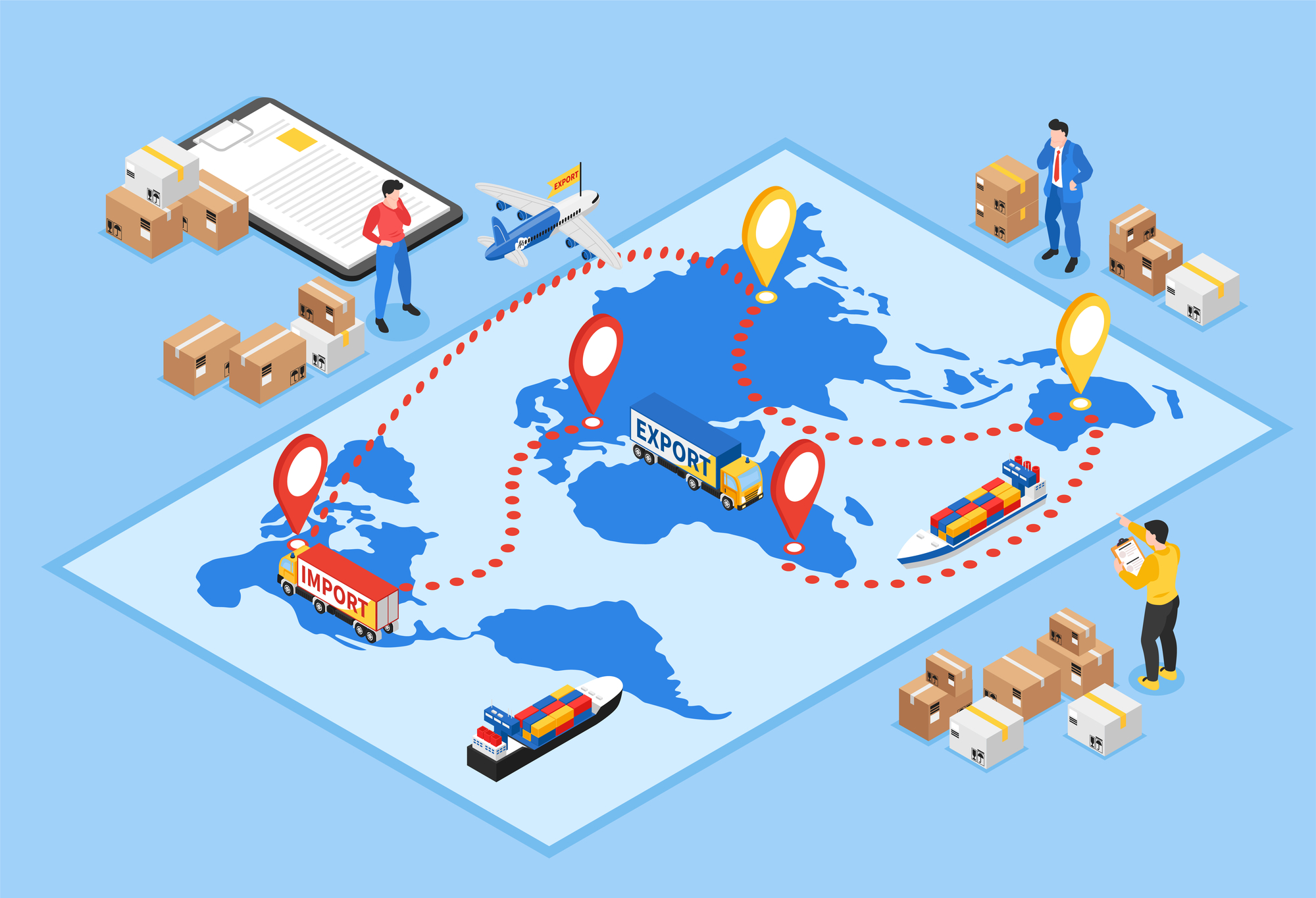Executive Summary
The 2025 expansion of U.S. tariffs represents a significant shift in trade policy with immediate consequences for procurement strategies across manufacturing sectors. This analysis examines the current tariff landscape, identifies key operational impacts, and outlines strategic approaches for supply chain resilience.
Current Tariff Framework
The latest tariff measures implemented in Q1 2025 include:
- Increased China Tariffs: Section 301 tariffs elevated from an average of 19.3% to 25-60% across multiple categories.
- Expanded Aluminum and Steel Tariffs: Section 232 tariffs extended to previously exempted countries.
- New EV and Battery Component Tariffs: 25% duties on electric vehicle components and critical battery materials.
- Digital Services Tariffs: Novel tariffs on certain digital services and cross-border data transfers.
Primary Impact on Manufacturing Sectors
Automotive Manufacturing
- Steel and aluminum components: 25-35% tariff-driven cost increases.
- Semiconductor microcontrollers: 15-40% price elevation.
- Battery components and rare earth minerals: 25-50% higher acquisition costs.
- Average production cost impact: 7-12% per vehicle.
Industrial Equipment
- Specialty steel alloys: 20-35% tariff-driven price increases.
- Precision components: 25-40% higher landed costs.
- Electronic control systems: 15-30% additional import expenses.
- Supply availability constraints affecting 30-45% of components.
Electronics Production
- Printed circuit boards: 25-45% higher component costs.
- Display and touchscreen materials: 30-55% increased expenses.
- Connector and passive component tariffs: 20-40% price impact.
- Lead time extensions averaging 6-12 weeks for critical components.
Key Operational Challenges
Supply Chain Disruption
- Immediate Material Shortages: 40-60% of manufacturers reporting critical component delays.
- Price Volatility: Raw material cost fluctuations of 15-40% across categories.
- Logistics Congestion: Port delays averaging 12-18 days for container shipments.
- Documentation Complexity: Country-of-origin verification requirements adding 5-7 days to processing.
Financial Impact
- Margin Compression: Average 3-5% reduction in gross margins across manufacturing sectors.
- Cash Flow Pressure: 25-35% increase in working capital requirements due to inventory stockpiling.
- CapEx Redirection: 15-20% of planned technology investments diverted to supply chain restructuring.
- Pricing Strategy Adjustments: 60-85% of tariff costs eventually pass-through to customers.
Market Response Patterns
Based on analysis of previous tariff implementations and current market behavior:
1. Initial Stockpiling Phase (1-3 months):
- 30-50% inventory increase for tariff-impacted materials.
- Spot buying at premium prices (15-25% above normal market rates).
- Expedited logistics expenses increasing 30-45%.
2. Strategic Adjustment Phase (3-8 months):
- Supplier qualification activities increase 75-100%.
- Contract renegotiations with 40-60% of key suppliers.
- Initiation of product redesigns to reduce tariff exposure.
Supply Chain Reconfiguration Phase (8-24 months):
- Shifting 20-35% of affected production to tariff-advantaged locations.
- Domestic supplier development for critical components.
- Implementation of advanced analytics for country-of-origin optimization.
Strategic Response Framework
Data-Driven Decision Making
- Comprehensive Material Classification: Ensuring accurate tariff code assignment.
- Origin Analysis: Mapping multi-tier supply chain to identify hidden exposures.
- Scenario Modeling: Quantifying cost implications of alternative sourcing strategies.
- Dynamic Forecasting: Adjusting demand planning to account for lead time extensions.
Strategic Sourcing Approaches
- Geographic Diversification: Expanding supplier networks beyond traditional hubs.
- Qualification Acceleration: Compressing supplier validation timelines from 9-18 months to 3-6 months.
- Nearshoring Partnerships: Leveraging USMCA advantages for North American production.
- Collaborative Product Engineering: Redesigning components to use tariff-advantaged materials.
Contract and Relationship Management
- Tariff Sharing Mechanisms: Implementing contractual formulas for equitable cost allocation.
- Flexible Volume Commitments: Widening quantity bands to accommodate supply uncertainty.
- Currency Hedging Provisions: Protecting against exchange rate volatility resulting from trade shifts.
- Strategic Supplier Alliances: Developing joint mitigation strategies with key partners.
Technology Enablement
- AI-Powered Analytics: Deploying predictive models for impact assessment and mitigation planning.
- Digital Supply Chain Twins: Creating virtual models to test sourcing alternatives.
- Blockchain Documentation: Enhancing country-of-origin tracking for compliance optimization.
- Automated Compliance Tools: Implementing systems to navigate changing trade regulations.
Industry-Specific Strategic Imperatives
Automotive Sector
- Accelerate vertical integration within EV battery supply chains.
- Investigate alternative materials for non-critical applications.
- Implement dual-sourcing strategies across global regions.
Industrial Equipment
- Negotiate long-term contracts with domestic steel and aluminum suppliers.
- Develop strategic inventory reserves of critical, tariff-impacted components.
- Explore consortium-based purchasing to enhance negotiating leverage.
Electronics Manufacturing
- Adopt modular design approaches enabling rapid supplier substitution.
- Implement strategic buffers for high-tariff components with extended lead times.
- Consider partial manufacturing relocations to tariff-advantaged regions.
Supply Chain Solutions from SDI
With 50+ years of experience managing complex supply chains, SDI offers specialized solutions for organizations navigating the current tariff environment:
- Advanced Spend Analytics: Data-driven visibility into tariff exposure across the MRO supply chain.
- Strategic Sourcing: Accelerated identification of tariff-advantaged alternatives.
- Master Data Management: Ensuring accurate material classification and country-of-origin tracking.
- Procurement Technology: Digital platforms driving compliance to tariff-optimized strategies.
Organizations implementing these approaches have achieved significant results despite tariff headwinds:
- 10-15% savings across tariff-impacted MRO categories.
- 20-30% reduction in inventory carrying costs.
- 5-8% improvement in production uptime.
- 8-20% savings on frequently purchased items.
Conclusion
The current tariff environment presents unprecedented challenges for manufacturing supply chains. Organizations that respond with data-driven strategies, proactive supplier management, and technology-enabled processes will not only mitigate immediate disruptions but position themselves for competitive advantage in the evolving trade landscape.
For detailed analysis of your organization’s specific tariff exposure and tailored mitigation strategies, contact SDI today.





